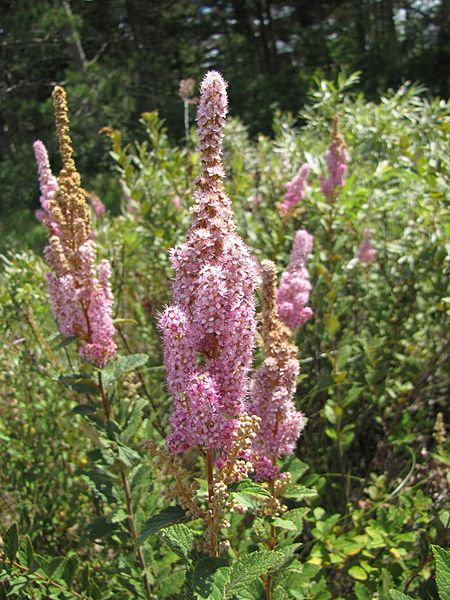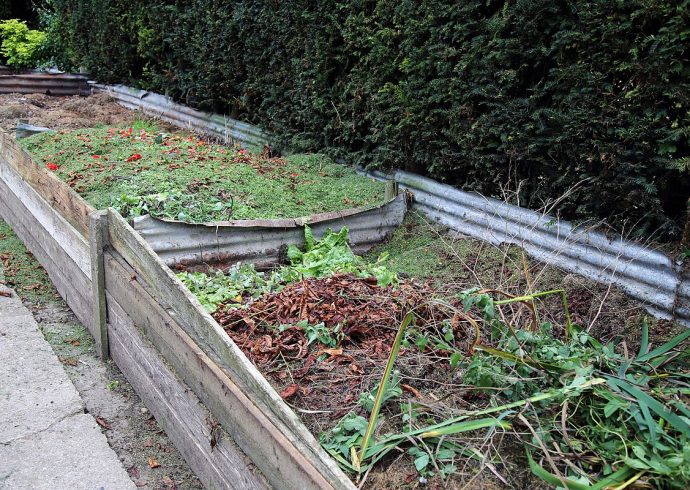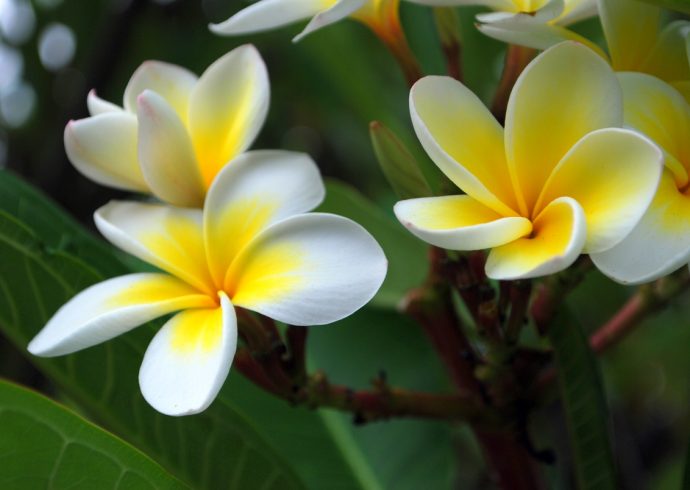
Tips for Growing the Steeplebush
The steeplebush, or hardhack, can make a lovely addition to any summer garden. The flowers of the steeplebush form tall spires, ready to attract butterflies and bees seeking their nectar. A member of the rose family, the steeplebush is a plant that is easy to cultivate and will blossom throughout the summer and into the early fall season. Seen throughout many a New England garden, steeplebush is often combined with contrasting flowers such as pansies, foxgloves, and ageratums. Steeplebush also makes a wonderful cut flower too so if you like unique flowers for your dining room table centerpieces, this is one flower you will definitely want to include in your garden.
Once you have purchased one or two steeplebush plants, decide where in your garden you want to plant them. They can be planted in the center of the garden, or at opposite ends with smaller flowers in between them. The plant likes a sunny area, so this is important to keep in mind. Most steeplebush plants are sold as very young plants, but once they reach maturity, can reach to 4′ in height. The plant will live up to twenty years, which is a considerable lifespan for a flowering bush.
Before planting, allow enough room for it to reach its adult size as the branches will spread out naturally. A four or five foot space is ideal for this plant to grow in. Dig a hole large enough for the roots in well drained soil. Pack the soil around the steeplebush firmly. The steeplebush can tolerate droughts to some degree but it is best to keep the plants watered at least once a week, especially during the hot summer season. Once the steeplebush has past its blossoming season, the plants develop seeds, which can be removed from the plant and saved for growing more plants the following season. Otherwise, you can deadhead the plant so that it will continue to blossom until its growing season is finished.
The steeplebush, like other members of the rose family, is a perennial so it will flower the following year as it grows into maturity. It is also found as a wildflower in many parts of the United States, especially near damp areas like swamps, lakes, and rivers.
Image Credit: Seney Natural History Association, CC BY-SA 2.0, via Wikimedia Commons.


